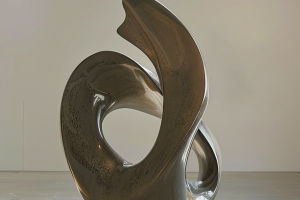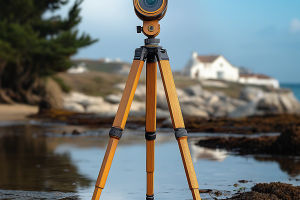Have you ever stood before a sculpture and felt a deep connection to history, culture, or the artist's vision? Sculpture is more than just three-dimensional art—it captures human spirit, cultural shifts, and social changes across centuries.
Some sculptors did not simply create beautiful works; they changed the course of history and influenced generations to come. Let's explore the lives and contributions of these remarkable artists who transformed the art world and beyond.
The Genius of Michelangelo
No discussion about transformative sculptors is complete without mentioning Michelangelo Buonarroti, one of the greatest artists of the Renaissance. His sculptures—such as David and Pieta—showcase extraordinary technical skill and emotional depth.
Michelangelo's work broke traditional artistic boundaries, emphasizing realism combined with idealized human forms.
David, carved from a single block of marble, embodies strength and human perfection while symbolizing courage. This masterpiece has inspired countless artists and remains a symbol of excellence. Michelangelo's influence stretched beyond sculpture; his work elevated Renaissance ideals of humanism and creativity worldwide.
Auguste Rodin: The Father of Modern Sculpture
Moving into the modern era, Auguste Rodin revolutionized sculpture by focusing on realism and emotional expression. Unlike the idealized figures of the past, Rodin captured the imperfections and movements of the human body. His famous work The Thinker reflects deep contemplation, breaking from traditional static forms.
Rodin's approach influenced 20th-century art by paving the way for abstraction and new forms of expression. He demonstrated that sculpture could convey complex emotions and psychological depth, changing how artists and audiences viewed three-dimensional art.
Barbara Hepworth's Abstract Language
In the 20th century, British sculptor Barbara Hepworth introduced abstraction to sculpture in innovative ways. She focused on organic shapes and smooth curves, often incorporating natural materials like wood and stone. Her work explores relationships between form, space, and light, creating meditative and harmonious pieces.
Hepworth's sculptures challenged the classical emphasis on figurative work, inspiring artists to think beyond traditional boundaries. Her commitment to abstraction helped establish a new language in sculpture that values simplicity and spirituality.
Constantin Brâncuși: The Pioneer of Minimalism
Constantin Brâncuși, a Romanian sculptor, is celebrated as a pioneer of minimalist sculpture. His works, such as Bird in Space, focus on capturing the essence of subjects through smooth, simplified forms. Brâncuși stripped away unnecessary details to highlight pure shape and movement.
His style broke from realism and directly influenced modern art movements, including minimalism and abstract expressionism. Brâncuși's sculptures invite viewers to engage emotionally and intellectually with pure form, marking a major shift in art history.
Sculpture as Cultural Reflection
Each of these sculptors represents more than technical skill—they reflect cultural values, historical moments, and evolving ideas about humanity. Sculpture serves as a lasting cultural memory, capturing the spirit of its time while influencing future generations.
Their works continue to inspire new artists, challenge audiences, and remind us that art is a dynamic force shaping human experience. Whether through classical beauty, modern abstraction, or provocative commentary, these sculptors changed history by transforming the way we see the world.
Why Do These Sculptors Matter Today?
In our fast-changing world, the legacy of these artists remains vital. Their works invite us to reflect on human nature, creativity, and cultural identity. Museums, public spaces, and digital platforms keep their stories alive, allowing everyone to connect with art that transcends time.
How do you experience sculpture in your life? Which artist or style moves you the most? Share your thoughts and keep the conversation about the power of sculpture alive.


